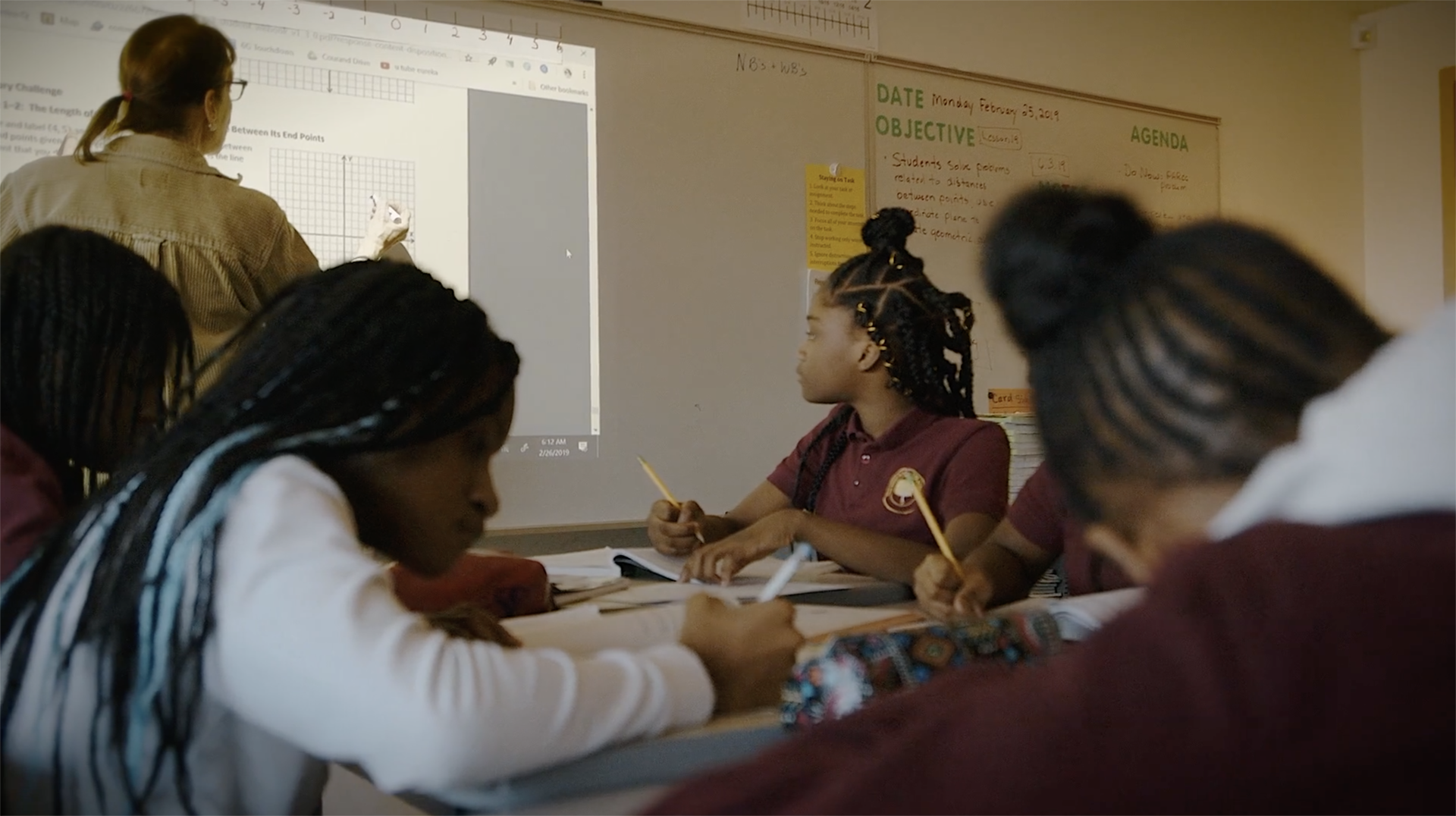
Understanding 504 Plans
504 RESOURCES
504 Plan Process Chart || 504 Parental Rights || The SEED School of Maryland: Electronic Signature Policy
UNDERSTANDING 504 PLANS
If your child has learning and attention issues and is struggling in school, you may be curious about 504 plans. If your child doesn’t qualify for an Individualized Education Program (IEP), a 504 plan may be a good alternative.
A 504 plan can give you peace of mind. This is especially true if your child already gets informal supports at school and you want to make sure they continue. But first, you need to know what a 504 plan can provide, what your rights are, how to pursue a 504 plan and what makes a child eligible. The more you know, the better you can advocate for your child.
What is a 504 plan?
This type of plan falls under Section 504 of the Rehabilitation Act of 1973. This is the part of the federal civil rights law that prohibits discrimination against public school students with disabilities. That includes students with learning and attention issues who meet certain criteria.
Much like an IEP, a 504 plan can help students with learning and attention issues learn and participate in the general education curriculum. A 504 plan outlines how a child’s specific needs are met with accommodations, modifications and other services. These measures “remove barriers” to learning.
Keep in mind that a student with a 504 plan usually spends the entire school day in a general education classroom. And typically, children who need modifications would have an IEP, not a 504 plan.
Who qualifies for a 504 plan?
504 plans are for K–12 public school students with disabilities. Section 504 defines “disability” in very broad terms. That’s why children who aren’t eligible for an IEP may qualify for a 504 plan. Section 504 defines a person with a disability as someone who:
Has a physical or mental impairment that “substantially” limits one or more major life activity (such as reading or concentrating).
Has a record of the impairment.
Is regarded as having an impairment, or a significant difficulty that isn’t temporary. For example, a broken leg isn’t an impairment, but a chronic condition, like a food allergy, might be.
This definition covers a wide range of issues, including ADHD and learning disabilities. However, Section 504 doesn’t specifically list disabilities by name.
Having a disability doesn’t automatically make a student eligible for a 504 plan. First the school has to do an evaluation to decide if a child’s disability “substantially” limits his ability to learn and participate in the general education classroom.
This evaluation can be initiated by either the parent or the school. If the school initiates the evaluation, it must notify the parents and get the parents’ consent to evaluate a child for a 504 plan. If the school wants to move ahead without the parents’ consent, it must request a due process hearing to get permission to work around the parents’ refusal.
When doing an evaluation for a 504 plan, the school considers information from several sources, including:
Documentation of the child’s disability (such as a doctor’s diagnosis)
Evaluation results (if the school recently evaluated the child for an IEP)
Observations by the student’s parents and teachers
Academic record
Independent evaluations (if available)
Section 504 requires evaluation procedures that prevent students from being misclassified, incorrectly labeled as having a disability or incorrectly placed.
What does a 504 plan contain?
There’s no standard 504 plan required by the law. Every school district handles it a little differently. In general, a 504 plan should include the following elements, all tailored to a child’s individual needs:
Specific accommodations, supports or services
Names of the school professional that will provide each service
The name of the person responsible for ensuring the 504 plan is implemented
A 504 plan could include specialized instruction in a general education classroom. It can also provide related services. These could include speech or occupational therapy or even counseling.
If you’re already familiar with what an IEP includes, you’ll notice that a 504 plan is less detailed. For example, a 504 plan doesn’t include annual goals. Learn more about the difference between 504 plans and IEPs.
Who develops a 504 plan?
A 504 plan is developed by a team of people who are familiar with the student and who understand the evaluation data and special services options. This group, sometimes called the 504 committee, might include:
Your child’s general education teacher(s)
A special education teacher
The school principal
You, the parent(s)
The child (depending on his age and maturity)
You can ask to be involved in all discussions and meetings about your child’s plan. But it’s important to know that the law doesn’t require or guarantee parent participation in these meetings.
After you receive a copy of your child’s 504 plan, keep an eye on how it’s being implemented. This is especially important, because the school isn’t required to give you regular updates on your child’s progress. Don’t wait until next year’s 504 plan meeting to raise your concerns!
What happens at a 504 plan meeting?
Your child’s 504 plan must be reviewed by the 504 committee every year. Legally, parents are not guaranteed a seat at the table, but they are encouraged to attend. Here are some of the key things the committee may discuss in the annual 504 meeting:
Your child’s strengths. This is a time for you and the team to share success your child has had in and out of school. For example, if your child struggles to pay attention and follow directions, the group might compare notes on his progress in those areas. Be sure to tell them about his wins at home and in extracurricular activities.
Your concerns and suggestions for improving your child’s education. The meeting is a good time to share where you still see your child struggling. Is his backpack always disorganized? Does he forget to bring his homework assignments home? Let the committee know what you think might make these tasks easier for him, based on your experience.
Whether or not accommodations (such as assistive technology) and modifications are helping. If they aren’t helping your child as expected, the group needs to discuss upgrading, discontinuing or replacing them. The team should also consider any new instruction and technology tools that might be more helpful for your child.
Based on what’s covered in the meeting, the committee may propose changes to your child’s 504 plan. Your permission is only required if the committee recommends a major change in placement, such as discontinuing educational services that are in his current plan.
What happens if you don't agree with a 504 plan?
If you disagree with the school’s decisions about your child’s education, there are several ways to dispute it. Here are the steps you can take (usually in this order):
Request a mediator to help you and the school reaches an agreement.
Ask for a hearing before an impartial hearing officer.
File a complaint with the federal Maryland State Department of Education
What can make the journey easier?
Whether you’re just learning about 504 plans or your child already has one in place, there are many ways to make the journey easier.
Know your child’s issues. Observing your child can help you better understand his strengths, weaknesses and needs.
Explore supports. Find out about accommodations that can help students with learning and attention issues.
Partner with teachers. Communicating with your child’s teachers is a good way to advocate for your child and find out what’s working in the classroom—and what’s not.
Connect with other parents. Parents like you can be a source of support, understanding and helpful advice.
